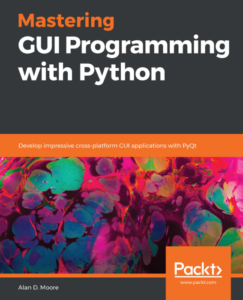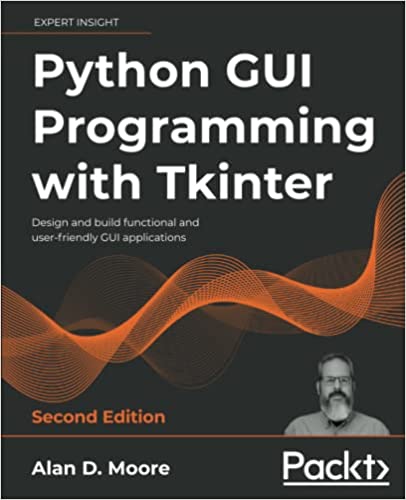This is part one of a series on making your aging, dusty — or just unused — computer useful again with some help from Linux and Free/Open Source software.
Linux has quite a reputation for rescuing old hardware from obsolescence; while this is not entirely undeserved, there’s more to it than just popping the latest Ubuntu release into that antique DOS box in your attic. An operating system is commonly called “Linux” if it’s built on the Linux kernel, but that says nothing about the software stacked on top of the kernel (which is most of the actual system). For some of these operating systems, that software is lightweight and small; for others, it’s heavy and resource-consuming. Finding a version (we call them “distributions”, or just “distros” for short) that will work well with your hardware, and work well for your purposes, is the key to successfully bringing that old PC back to life.
So what distribution should I use?
If you ask the question, “What Linux distribution should I install on my old PC?” on a typical Linux forum, you’ll likely be bombarded with a roll-call of distribution names (most of them fairly obscure); usually without respect to your needs or the hardware in question. While you could just download and try them all, a more educated approach will probably save you a lot of time (and blank CD-Rs!). So rather than take that same mistaken approach, we’re going to start by analyzing the question in more detail.

